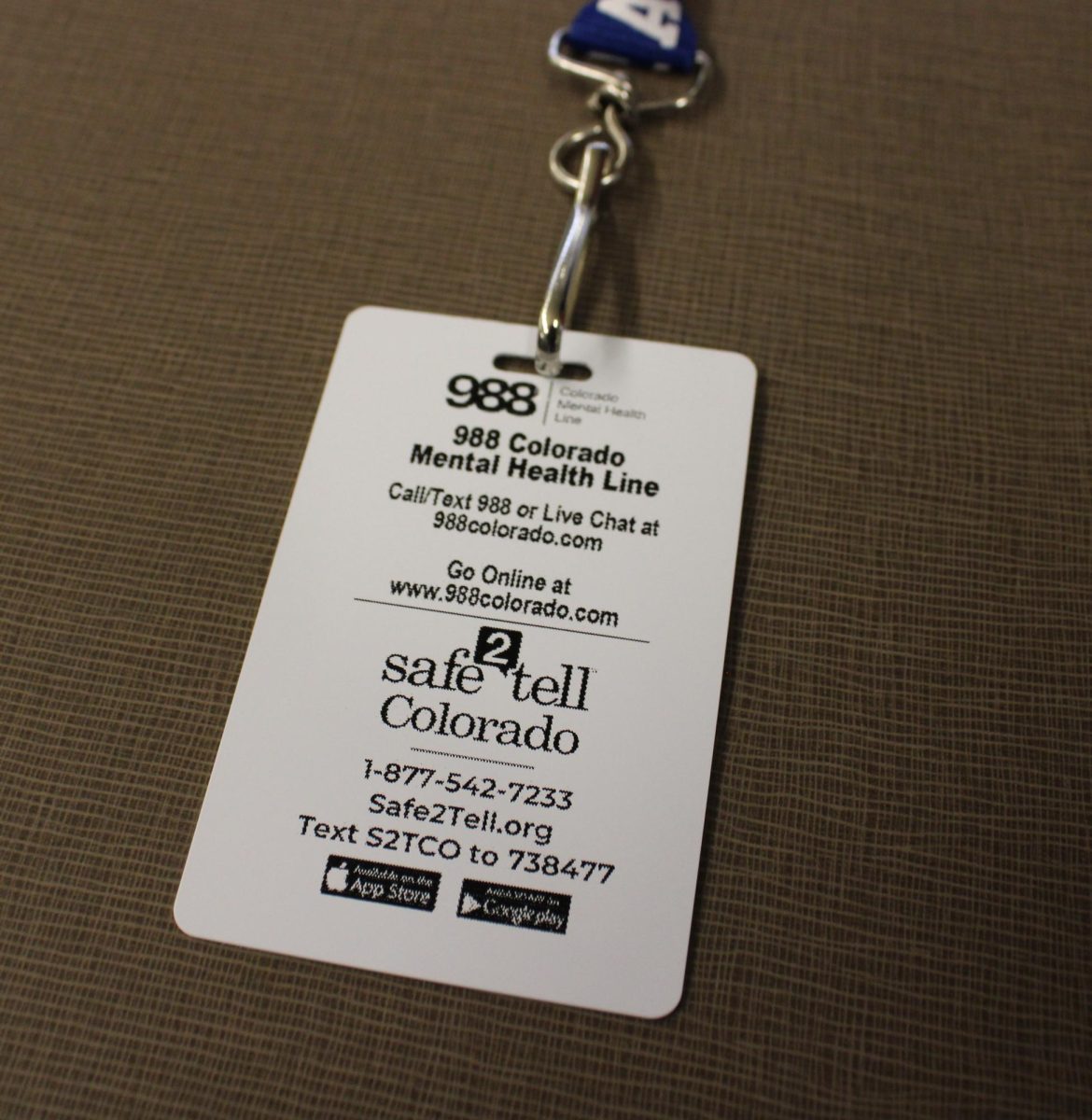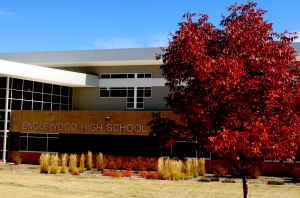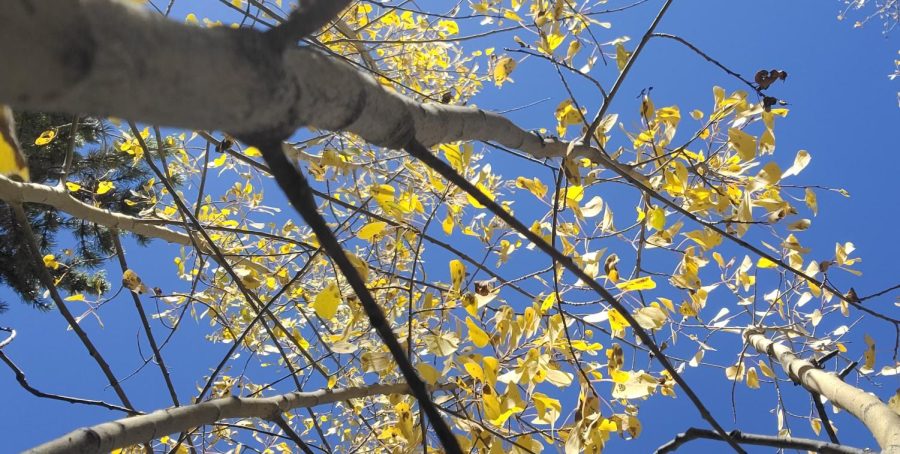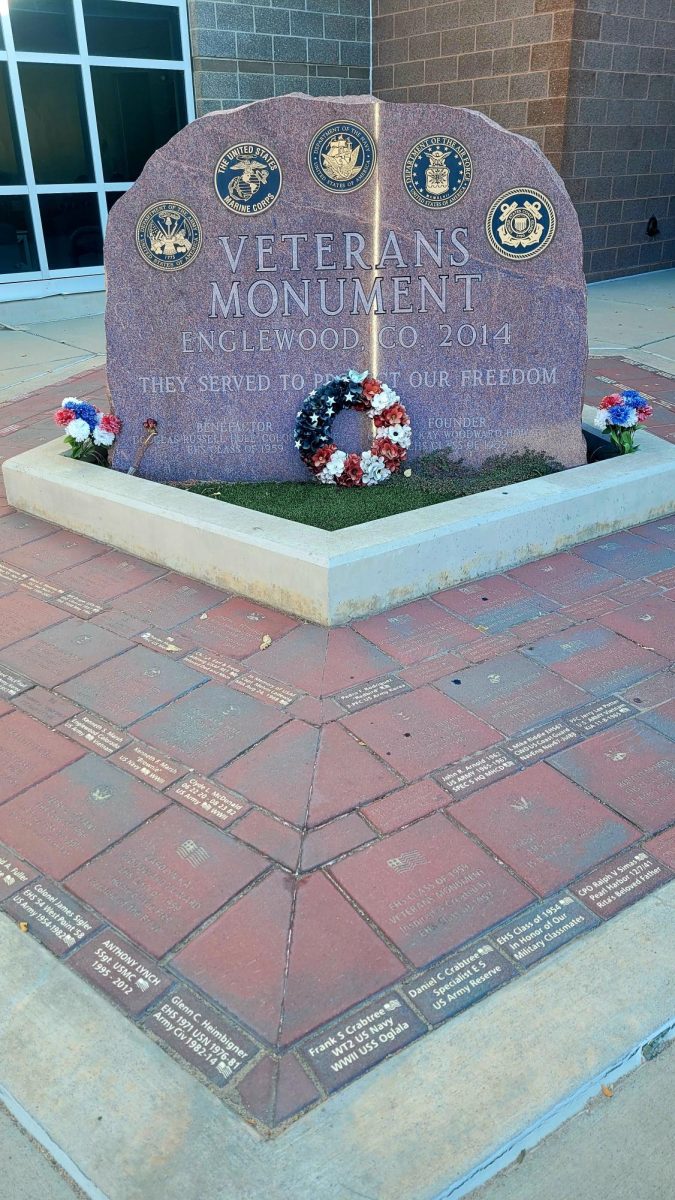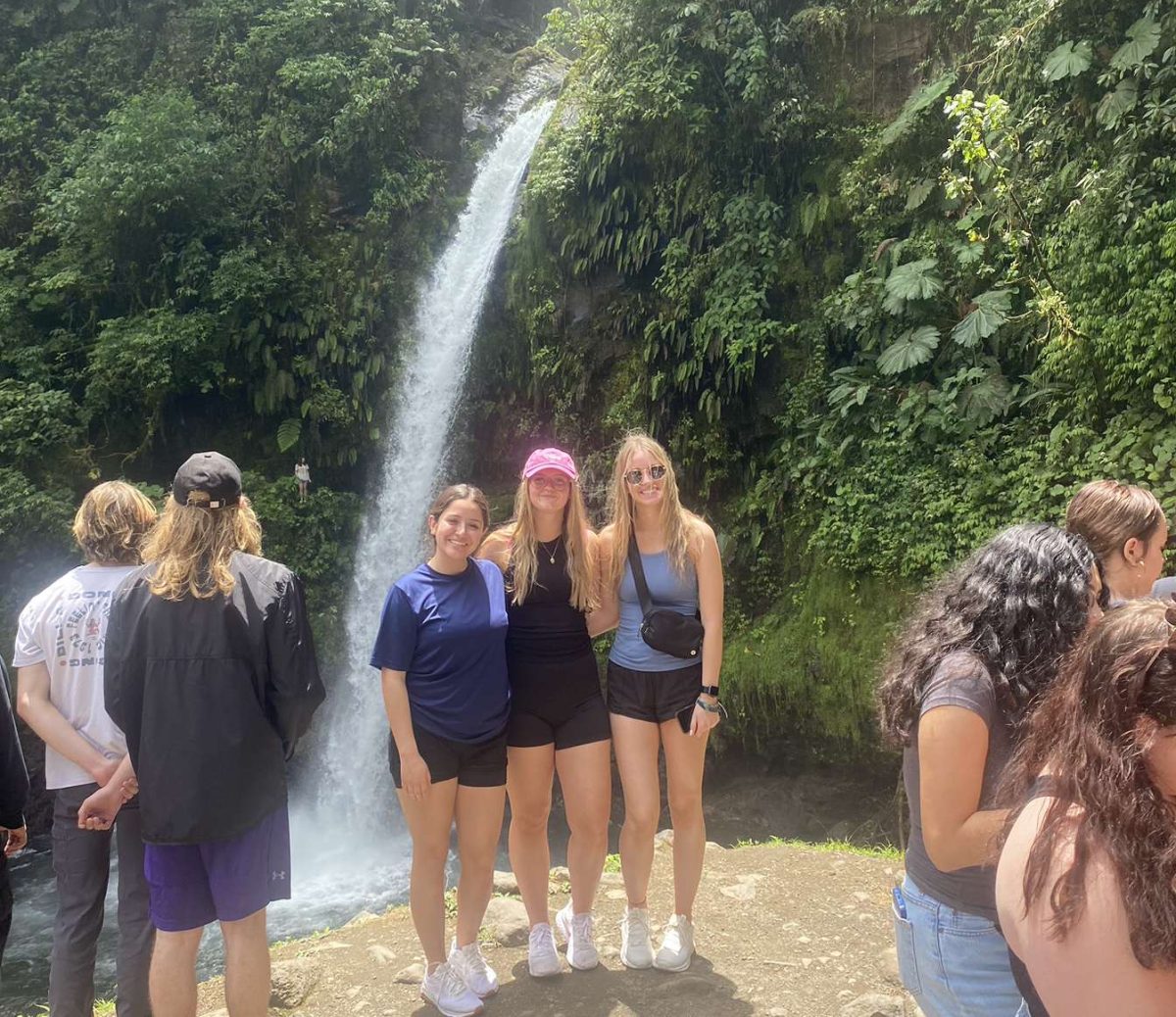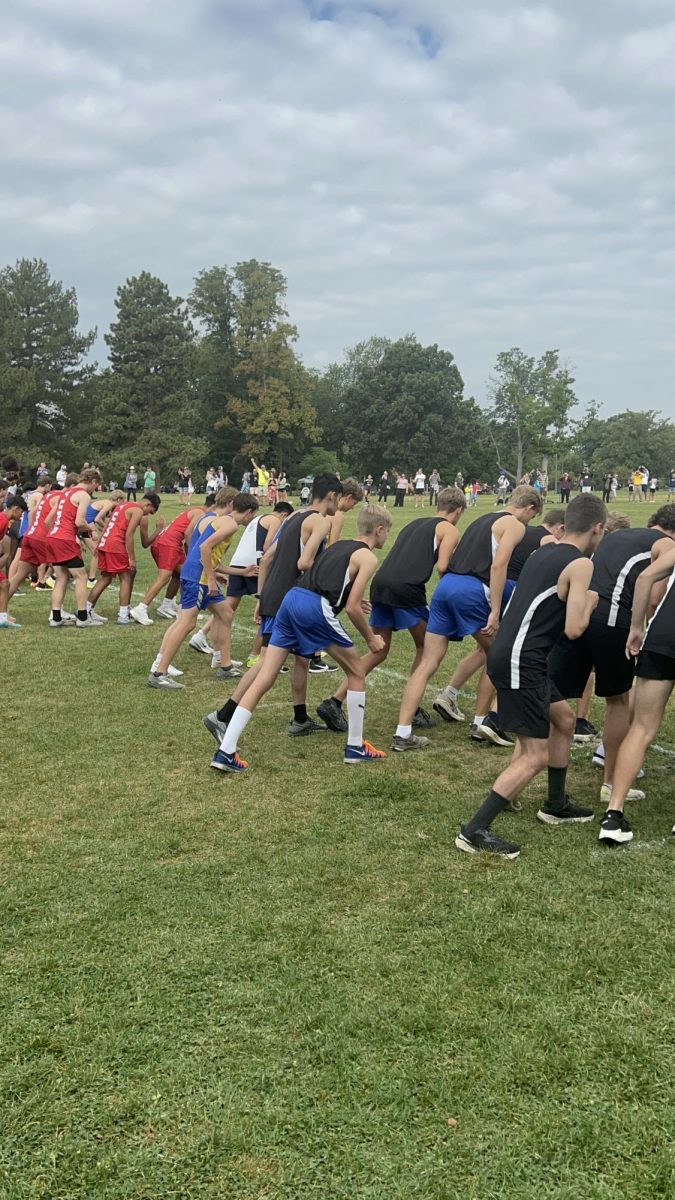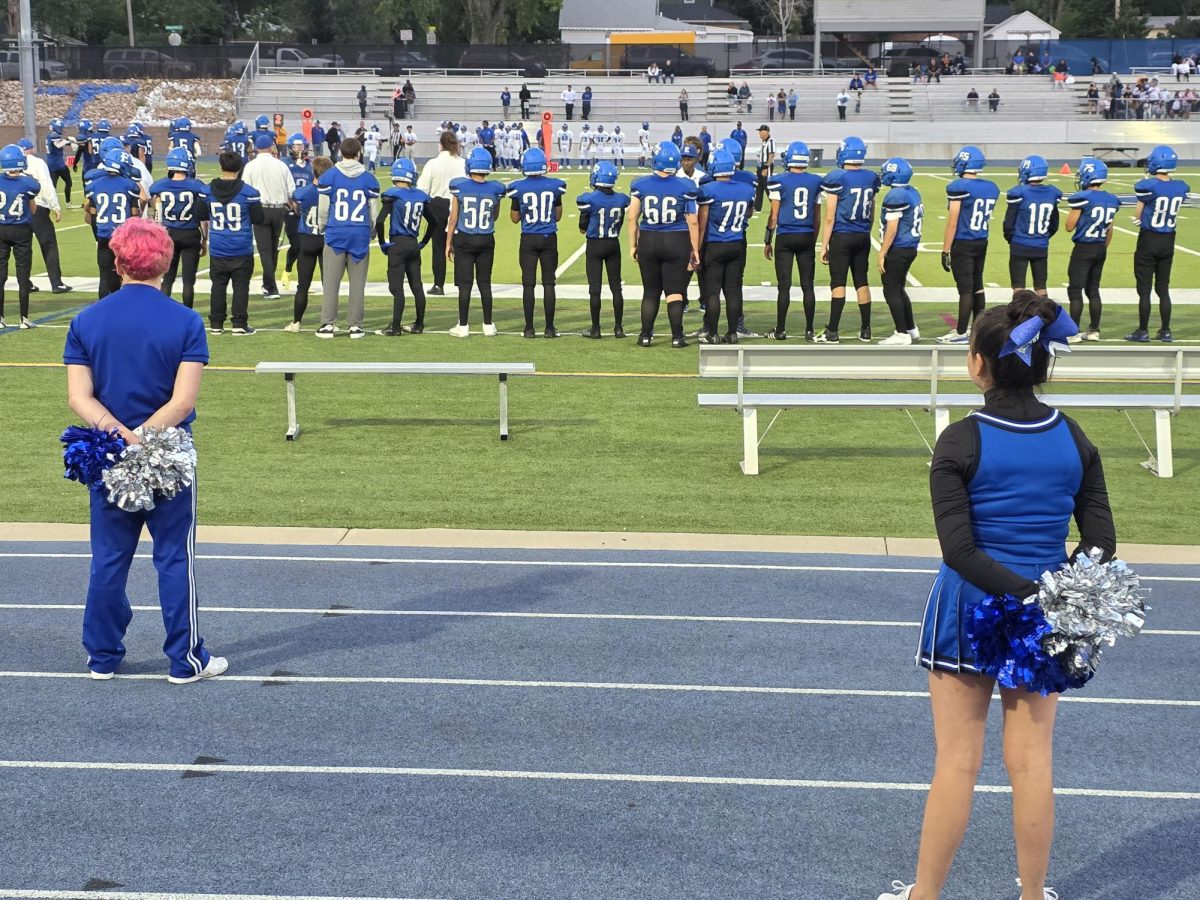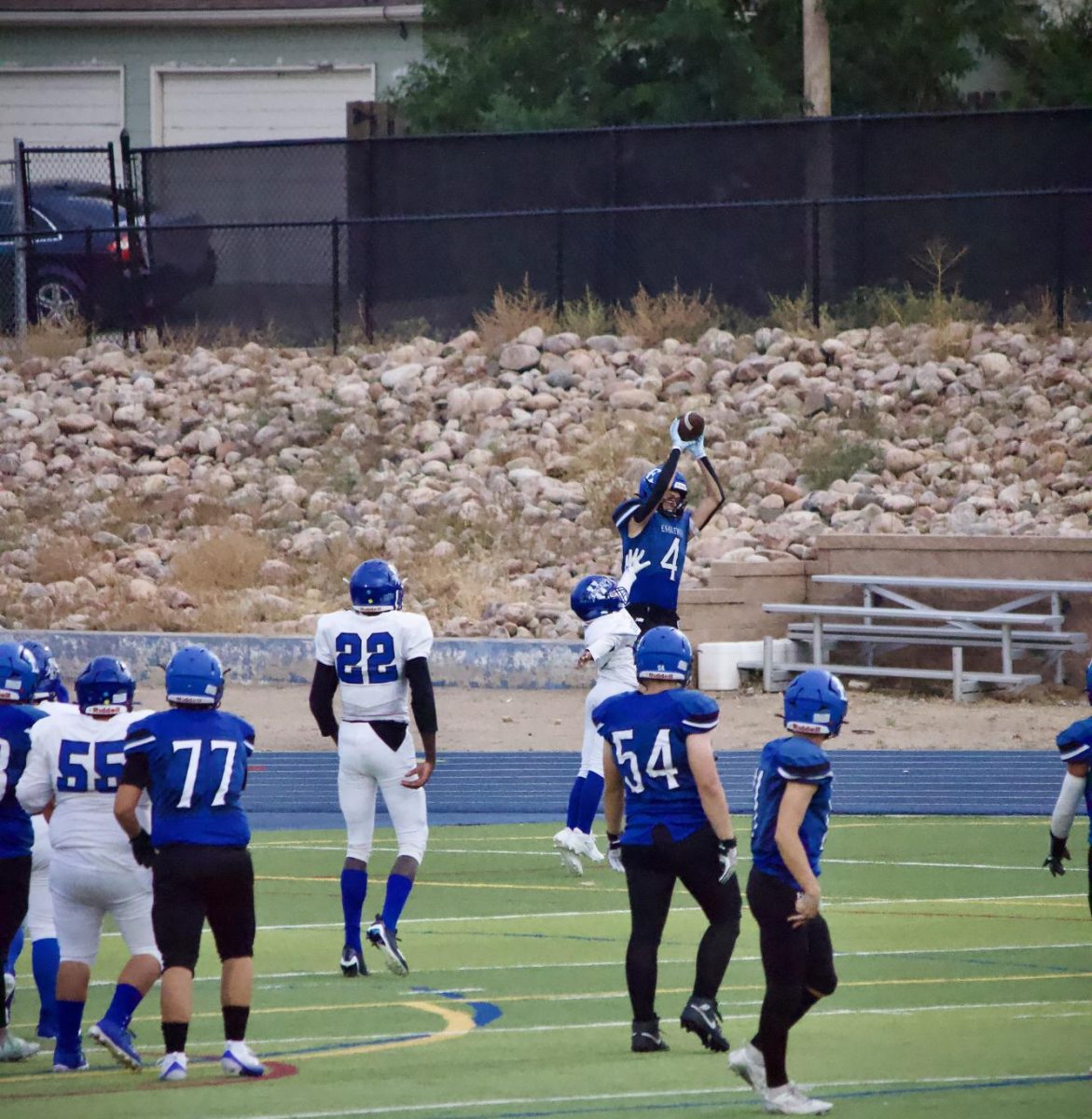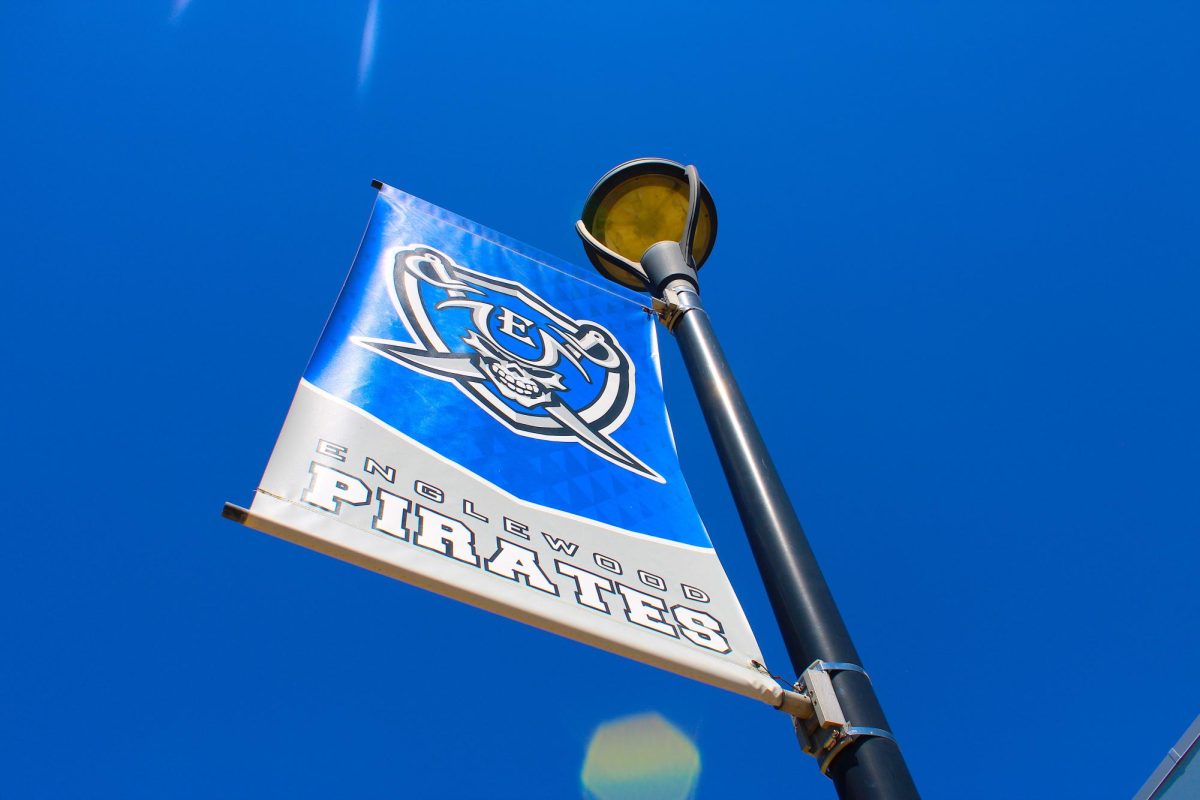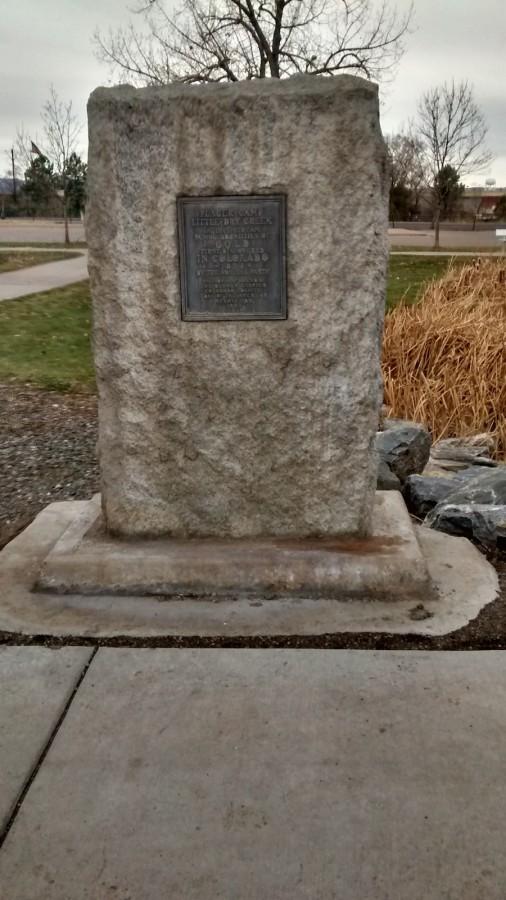There’s gold in them thar’ hills (of Englewood)
July 31, 1858: An event in Englewood Colorado changed the course of history in the whole United States.
January 13, 2016
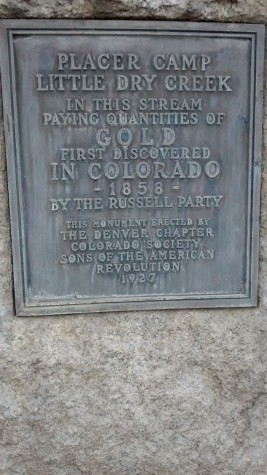
Gold was found in Little Dry Creek! The finding of Gold on Little Dry Creek sparked a huge migration from the States out west. Colorado and Englewood did not exist yet, but I am using those names so you will know what I am talking about.
The year was 1858. Colorado north of the Arkansas River was a vast empty land. The United States north of the Arkansas was a vast empty land. It was called the great American desert. The Rocky Mountains were seen as an almost impossible barrier to cross. People had just begun to farm on the west side of the Missouri river in Kansas and Nebraska. There were only a few permanent Colorado residents. I could find Elbridge Gerry who lived east of what is now Greeley, Ruxton in Manitou Springs and maybe some at Fort Lupton and Fort Saint Vrain.
The Arapahoe, Cheyenne, Cherokee, Pawnee, Comanche and Ute sometimes wintered along the Platte River, but were nomadic and did not live here. No one lived. The 1849 California gold rush saw thousands of people cross this great American Desert to get from the States to the gold fields. The three month trip passed through the area. The Great American Desert was all the space between the Missouri River and California. It is called flyover country now. It was a vast wilderness.
There had been reports of gold in the Rocky Mountains since the time of the Conquistadors. John Ralston had found a little in Arvada in 1849. But no one had gotten rich. William Green Russell and some other successful Georgia miners decided to come to the Rocky Mountains and find lots of gold. They left Georgia on February 17, 1858 and after four months on the road they got to the banks of Cherry Creek on June 24. They came following the Santa Fe Trail to the Cherokee Trail. One July 3rd, most gave up and returned home. Thirteen remained. These people were convinced gold was here and determined to find it. A few weeks later, James Pierce, Russell’s cousin, found about $400 worth of gold at the mouth of Little Dry Creek in Englewood. The last day of July a whisky trader and complete stranger John Cantrell a former California 49er himself rode into the Dry Creek camp and not only visited for a week but upon his departure to Kansas City took a bag of Jim Pierce’s gold bearing gravel and dirt with him. Then other visitors appeared at Dry Creek including Captain Deus that passed by these 13 men working at Dry Creek in early August; followed by John Smith an old trader and Dad Clark with their Indian families that joined the gold digging camp permanently”. Dad Clark’s nickname was “Potato Clark” and he planted some of the first food where the Overland Park Golf Course is now.
August 26, 1858 The Kansas City Journal of Commerce reported: “The New Eldorado!!! Gold in Kansas Territory!! The Pikes Peak Mines! First Arrival of Gold Dust at Kansas City!!!” Russell and his team decided to set up camp and called it Placer Camp. There is a monument in Cushing Park to Russell and the Camp. Another party from Kansas arrived and created the town of Montana City about a mile north of Russell-now it is a Denver Park called Grant Frontier Park near Evans and East Platte.
So what’s the big deal? The gold strike in Englewood attracted national attention. The Great American Desert was given a second look. Pioneer trails were built, wagon trains assembled, and the gold rush to Colorado began. Within 6 months 40,000 people had come here and within a year a hundred thousand. The majority were miners. But, there were no supplies, no food, and no building materials, not even any nails. Trailing close behind the prospectors were farmers and shop keepers and town builders. All these people needed housing, food and supplies.
As farmers crossed the empty land, they saw opportunities to plant crops along the rivers since there were now people to buy their crops. Town builders laid out Auraria and St. Charles on either side of Cherry Creek at the confluence with the Platte.
Business exploded as more and more people came. Permanent trails were built and towns established along the routes. This gold discovery attracted more people to move west even if they did not get all the way to Colorado.
Two years later (1860), Thomas Skerritt, considered the founder of Englewood, established a home in the area, which was called Orchard Place. He called it that because he had planted fruit trees to provide food for all the new people in the area. Four years after that, the first road connecting Denver and Orchard Place was created by Skerritt himself using his own plough. We call that road Broadway.
Colorado history began right here in Englewood. The great western expansion began as a result of that gold discovery. The Gold rush changed the view of the great American desert, the vast wilderness between the Missouri River and California. It would become the heart-land of America because of the discovery of gold in Englewood by people who would not give up.
Doug Cohn wrote this story with lots of help from Gary Goodson who has extensively studied the gold rush in Colorado and will be our guest speaker in February. The section in quotes is from his new book.


